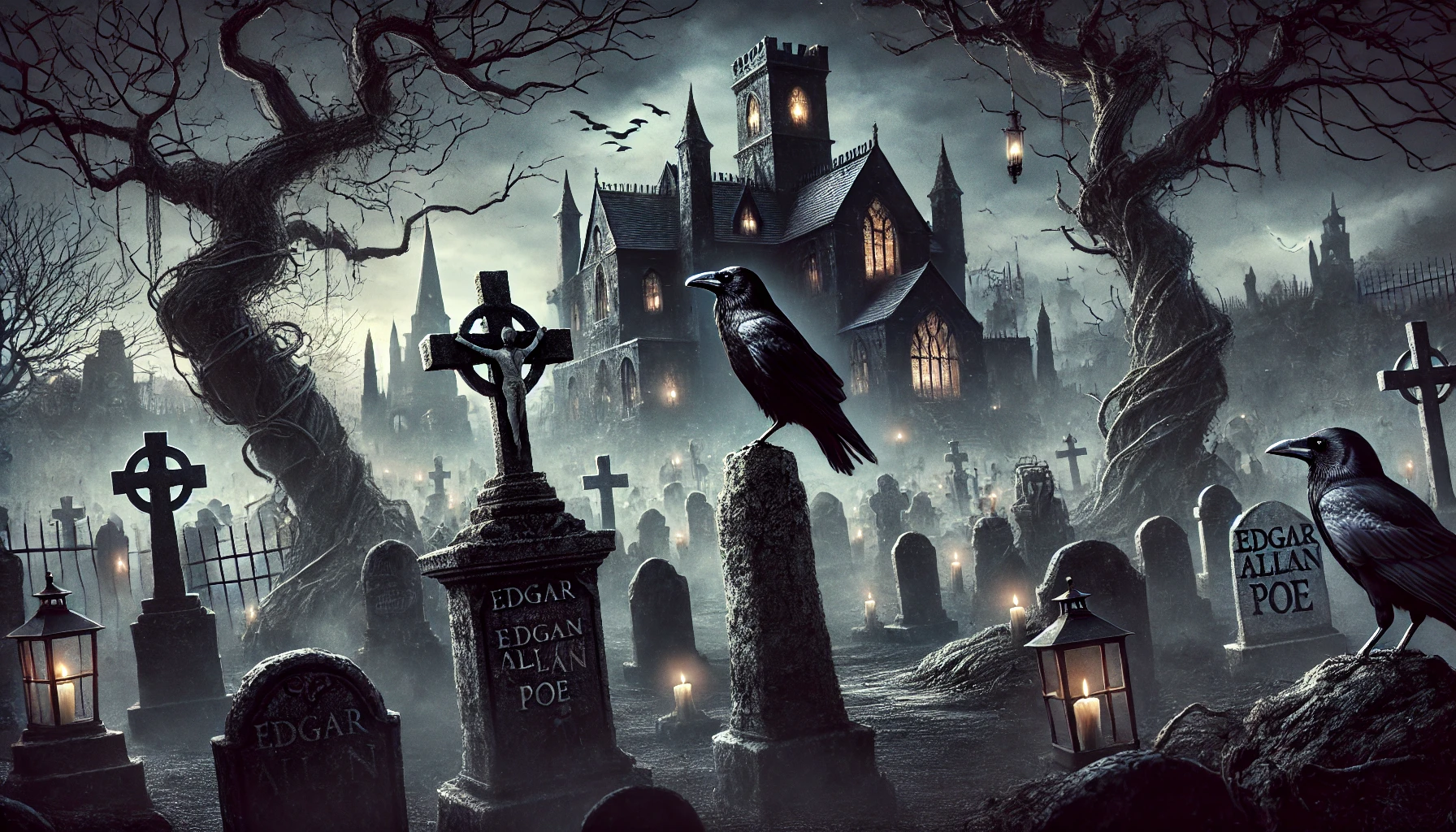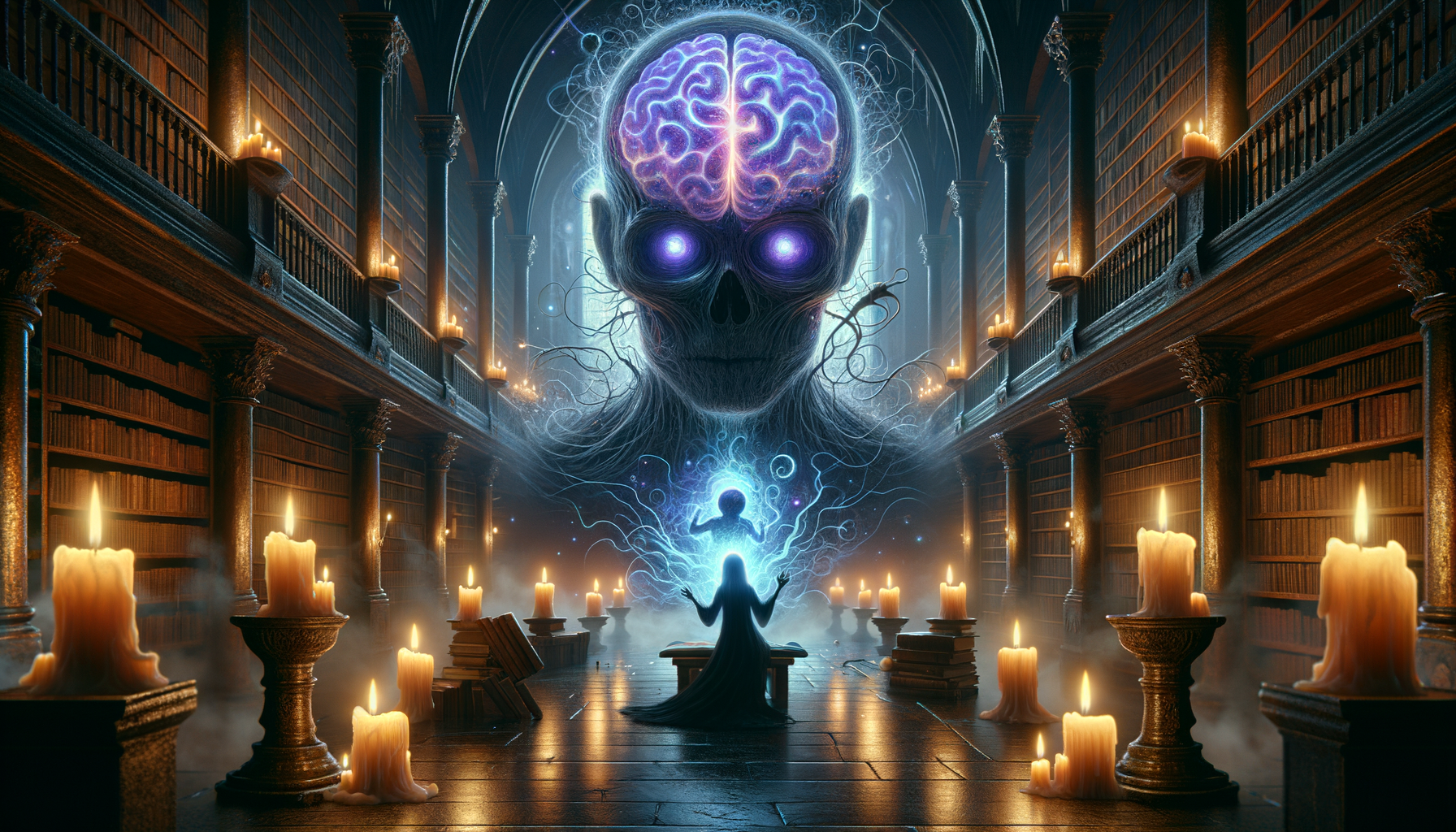Are you fascinated by the dark and eerie elements that chill your spine? Mary Shelley’s “Frankenstein,” written in 1818, is a treasure trove of Gothic horror, blending death, decay, and human angst to create a timeless classic. Ever wondered what makes this novel such a quintessential Gothic masterpiece? You’re not alone! Let’s delve into Frankenstein’s gloomy settings, supernatural occurrences, and the profound psychological terror that makes this story unforgettable.
Understanding Gothic Literature
Definition and Origins of Gothic Literature
Gothic literature first emerged in the late 18th century, captivating readers with its unique blend of mystery, horror, and the supernatural. This genre often explores the darker aspects of human experience, using settings and themes that evoke a sense of fear and unease. The birth of Gothic literature can be traced back to works like Horace Walpole’s “The Castle of Otranto,” which set the stage for future tales of haunted castles, secret passages, and ghostly apparitions.
Prominent Gothic Writers and Works
While Mary Shelley’s “Frankenstein” stands as a cornerstone of Gothic literature, it is by no means the only significant work in the genre. Other important authors include Edgar Allan Poe, whose macabre stories and poems delve deep into the human psyche, and Bram Stoker, whose novel “Dracula” has become synonymous with Gothic horror. Comparing these works to Shelley’s, we see a common thread of exploring the unknown and the terrifying, but each author brings their unique perspective and style to the genre.
The Atmospheric Setting
Gloomy and Remote Locations
One of the hallmarks of Gothic literature is its use of gloomy and remote settings. In “Frankenstein,” we find ourselves in the harsh Arctic wilderness and isolated laboratories, places that naturally evoke feelings of fear and desolation. These settings are not just backdrops; they are integral to the story, amplifying the characters’ emotional states and the narrative’s overall sense of dread.
Descriptive Language and Imagery
Shelley’s use of descriptive language and vivid imagery further enhances the haunting atmosphere of “Frankenstein.” Through her detailed descriptions, readers can almost feel the chill of the Arctic wind or the oppressive silence of Victor’s laboratory. For instance, Shelley writes, “The ice cracked behind us, and was driven with force towards the northern shore,” a line that not only sets the scene but also heightens the tension and sense of impending doom.
Supernatural Elements
The Creation of the Monster
The creation of the Monster in “Frankenstein” is one of the most iconic moments in Gothic literature. Victor Frankenstein’s eerie process of creating life from dead matter is steeped in Gothic elements, from the dark, stormy night to the unsettling nature of his scientific experiments. This act of playing God and defying natural laws is both fascinating and horrifying, embodying the genre’s fascination with the supernatural.
Blurring the Line Between Life and Death
“Frankenstein” also explores the theme of blurring the line between life and death. Victor’s experiment of resurrecting dead tissue raises moral and ethical dilemmas, questioning the very nature of life itself. This theme is central to the Gothic genre, which often delves into the unnatural and the taboo, forcing characters and readers alike to confront uncomfortable truths.
Themes of Isolation and Loneliness
Victor Frankenstein’s Isolation
Victor Frankenstein’s journey is marked by profound isolation, both self-imposed and emotional. His obsession with his experiments leads him to withdraw from society and loved ones, contributing to his eventual downfall. This isolation is a common theme in Gothic literature, where characters are often cut off from the world, heightening their sense of despair and vulnerability.
The Monster’s Loneliness and Rejection
In contrast, the Monster’s story is one of loneliness and rejection. Created and then abandoned by Victor, the Monster embarks on a quest for companionship, only to be met with fear and hostility. This social rejection and existential angst are central to his character, making him a tragic figure and highlighting the consequences of Victor’s hubris.
Psychological Horror and Inner Turmoil
Victor’s Guilt and Paranoia
Victor’s psychological torment and guilt are key elements of the Gothic horror in “Frankenstein.” Haunted by the consequences of his actions, he becomes increasingly paranoid and consumed by his inner demons. This internal struggle not only drives the narrative but also enhances the overall sense of dread and unease.
The Monster’s Inner Conflict
The Monster, too, experiences significant psychological and emotional turmoil. Initially innocent and curious, he becomes increasingly vengeful as he faces rejection and cruelty from humanity. This transformation from innocence to malevolence underscores the complex nature of his character and adds depth to the novel’s exploration of good and evil.
Symbolism and Motifs
Light and Darkness
“Frankenstein” is rich with symbolic contrasts, particularly between light and darkness. These elements are not just physical descriptions but also represent deeper themes. Light often symbolizes knowledge and discovery, while darkness represents ignorance and danger. This interplay underscores the novel’s exploration of scientific ambition and its potential consequences.
Nature and the Sublime
Nature plays a significant role in “Frankenstein,” embodying the concept of the sublime—awe-inspiring beauty mixed with terror. The natural world often reflects the characters’ inner states, from the serene Swiss Alps to the desolate Arctic ice. This connection between nature and emotion is a common motif in Gothic literature, emphasizing the power and unpredictability of the natural world.
Conclusion
From the desolate Arctic to the haunted recesses of Victor’s mind, Mary Shelley’s “Frankenstein” is steeped in Gothic tradition. We’ve wandered through the eerie settings, supernatural creations, and the profound psychological horror that mark this novel as a true Gothic masterpiece. As you close this literary journey, remember: the dark, the feared, and the unknown are not just elements of Gothic fiction—they’re reflections of our deepest human anxieties and curiosities. Ready to explore more Gothic tales? Pick up “Frankenstein” once again and let the chilling adventure continue!




